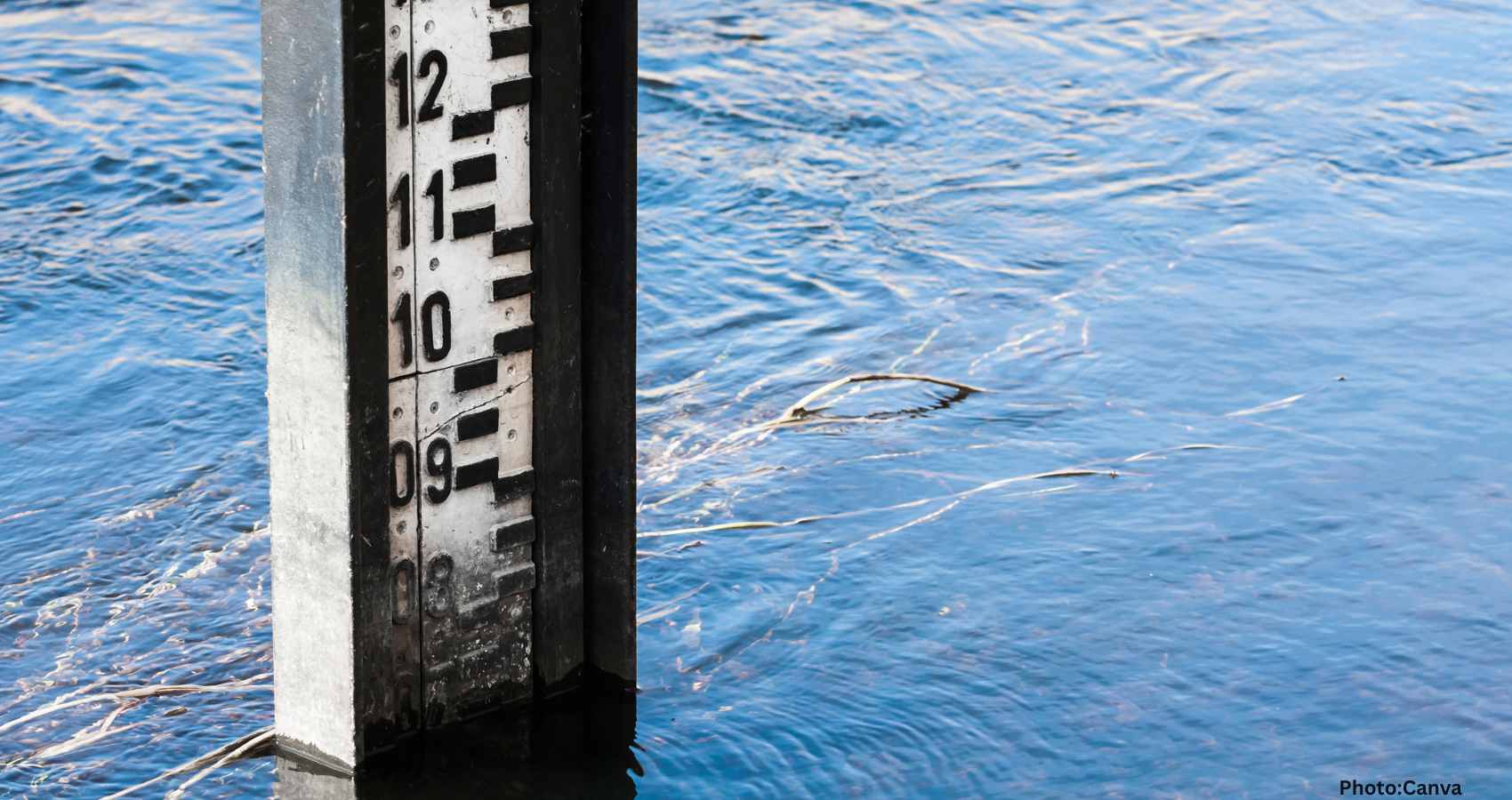Scientists have reconstructed Earth’s sea level variations over the last 540 million years, revealing changes on thousand-year scales for the first time, which provides crucial insights for understanding subsurface structures and applications in green energy resources.
Sea level fluctuations have been characteristic of Earth since the planet first held water. While scientists previously mapped changes over million-year intervals using sediments and fossils, a collaborative effort by researchers from Utrecht University, the UK, and the US has now unveiled variations on much shorter, thousand-year timescales covering the last 540 million years. This groundbreaking research was published on July 3 in the journal Earth and Planetary Science Letters.
Dr. Douwe van der Meer, the study’s lead author and a guest researcher at Utrecht University, emphasized the importance of integrating these rapid fluctuations into our understanding of subsurface structural formations and their implications for green energy applications. According to Dr. Van der Meer, sea level variations are influenced by two primary factors: plate tectonics, which impact the depth of oceanic basins between continents, and the extent of land ice, which alters the volume of water within those basins.
“Historically, we’ve been able to estimate average sea levels over intervals of about a million years,” Van der Meer explained. “Estimates for these intervals varied by up to 200 meters. However, there was a long-suspected theory that sea levels also experienced significant fluctuations over shorter spans, yet there was insufficient data to substantiate these claims.”
To tackle this limitation, the researchers turned to sedimentary deposits from recent geological epochs, drawing parallels with how growth rings in trees are analyzed. Earth’s sedimentary archives, like sandstone and claystone, reveal past climate conditions: sandstone typically forms in shallow coastal waters, while claystone is deposited in deeper marine settings. The researchers noted that these deposits alternate rhythmically, particularly during ice ages driven by Earth’s axial wobble, which can cause sea levels to fluctuate by up to 100 meters within tens of thousands of years.
Despite the challenge of detecting short-term sea level changes in geological epochs where data is sparse, Van der Meer and his colleagues developed an ingenious method. They calculated the historical link between climate conditions and ice sheet sizes over the more recent tens of millions of years, a period for which adequate data exists. This sophisticated climate-ice model allowed them to project short-term sea level variability back to 540 million years ago.
These new reconstructions are proving to be remarkably consistent with prior fossil-based reconstructions, marking the first time scientists have consistently quantified sea level changes on such short timescales. Notably, the last few million years have seen the cyclic rise and fall of sea levels by up to 100 meters due to ice ages, whereas during the Jurassic and Cretaceous periods, when dinosaurs roamed the Earth, changes were far less pronounced because of the absence of significant ice sheets. In contrast, the late Carboniferous period experienced significant sea level variations, driven by a large ice cap in the southern hemisphere.
The implications of this research extend beyond academic curiosity. Knowing more about historical sea levels allows scientists to produce more accurate geological maps, crucial for understanding climate and evolution models, as well as their responses to sea level changes. Van der Meer highlights its importance: “High or low sea levels have all happened before in the geological past.”
Applications of this understanding are manifold. For instance, today there is an active search for methods of underground storage of CO2 and hydrogen, with sandstone—a sediment formed at low sea levels—being a potential reservoir. Conversely, claystone, deposited during high sea levels, acts as a natural barrier, impeding the passage of water or CO2.
Moreover, these insights are being leveraged in the search for suitable radioactive waste storage sites. “If we know that global sea levels were high at a specific time, we can infer the presence of a continuous claystone layer,” Van der Meer explained. This information is critical for constructing global geological maps of sandstone and claystone layers, aiding in the safe utilization of Earth’s subsurface.
According to Source Name, the precise understanding of past sea-level changes equips scientists and engineers with the knowledge needed for future environmental and energy challenges.

